Measurement methodology
The Noctua NH-U12A is a cooler that has previously proven that with a little effort, it is possible to offer the performance of high-end dual-tower coolers in a more compact design. However, the last time I tested it, I was still using the older methodology, so with the release of the chromax.black version, there’s an ideal opportunity to conduct new tests. The question also remains whether the NF-U12A chromax.black can justify its high price tag.
Measurement methodology
As a test processor and heat generator, I am now using an Intel Core i7-11700K on the Asus TUF Gaming Z590-Plus WiFi motherboard. The entire build is mounted on a Streacom BC1 frame with no fans to provide airflow. Acoustic shielding (acoustic foam on OSB boards) is installed around the test setup to eliminate ambient noise.
The Voltcraft SL-100 calibrated noise meter is placed perpendicular to the cooler in a fixed position relative to the motherboard at a distance of approximately 35 cm from the processor socket. Stress tests are performed using Prime95 with a duration of 30–35 minutes. The coolers are tested at three standardized noise levels (36, 39 and 42 dBA) and finally at maximum speed. The tests are run in two sets according to the heat output of the processor.
The first set of tests is at 125 W, the PL1 processor’s enforced limit. The second set of power draw is then about 205–210 W (4500 MHz at 1.285 V). However, this second level represents a very high concentration of heat per mm² due to the small size of the chip itself. Thus, not all coolers can be expected to pass this set of tests at all noise levels. At the end of the test, the highest temperature achieved is always recorded.
All data regarding CPU temperatures and heat output are obtained from the HWiNFO64 application. The measured values are then corrected against the room temperature as the resulting Delta T value. Any higher value means a processor temperature over 95–100 °C and a risk of thermal throttling. Therefore, if the cooler does not pass the load with a Delta T value below 75 °C, such a test is marked as a failure.
- Contents
- Key features
- Measurement methodology
- Results – 36 dBA
- Results – 39 dBA
- Results – 42 dBA
- Results – maximum speed
- Conclusion and evaluation





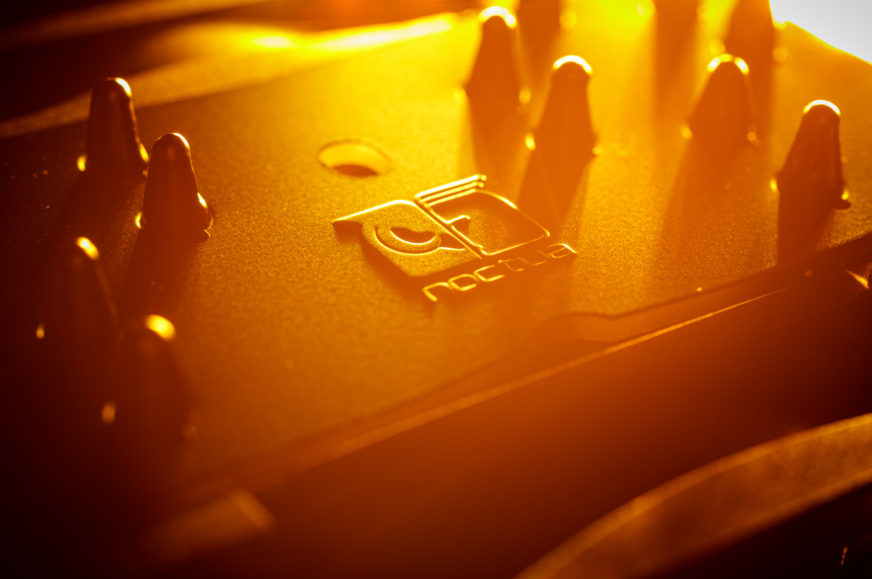
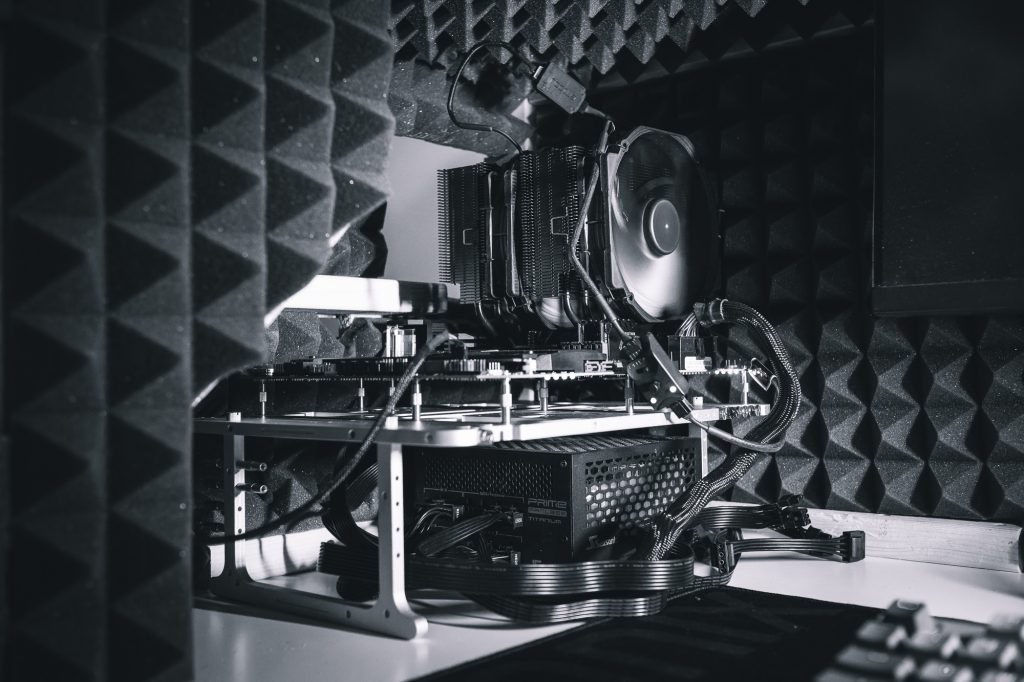
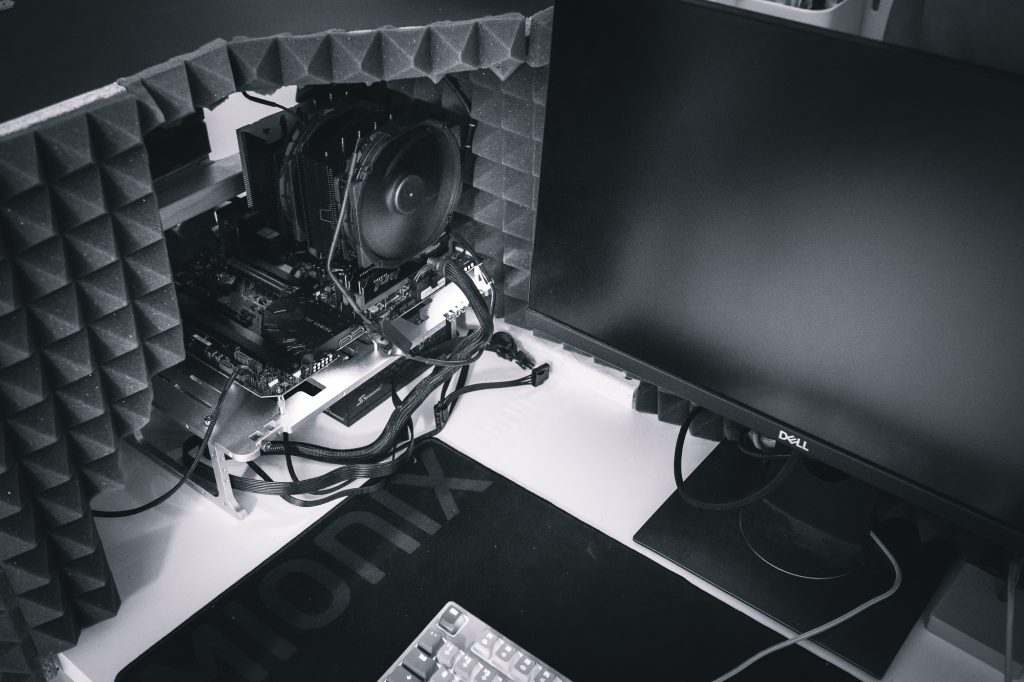
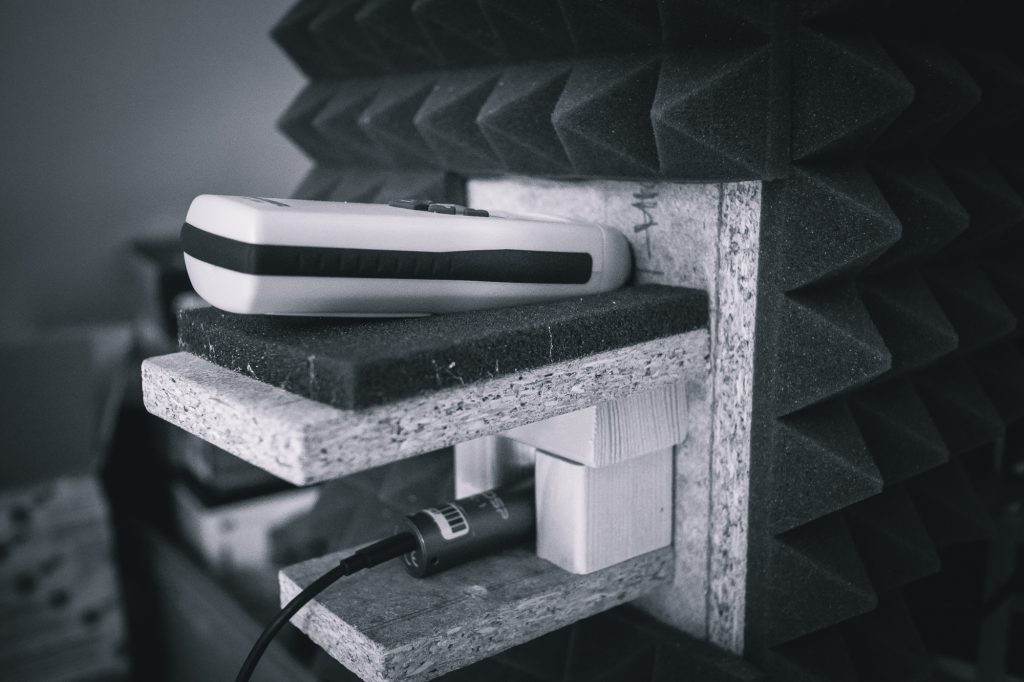
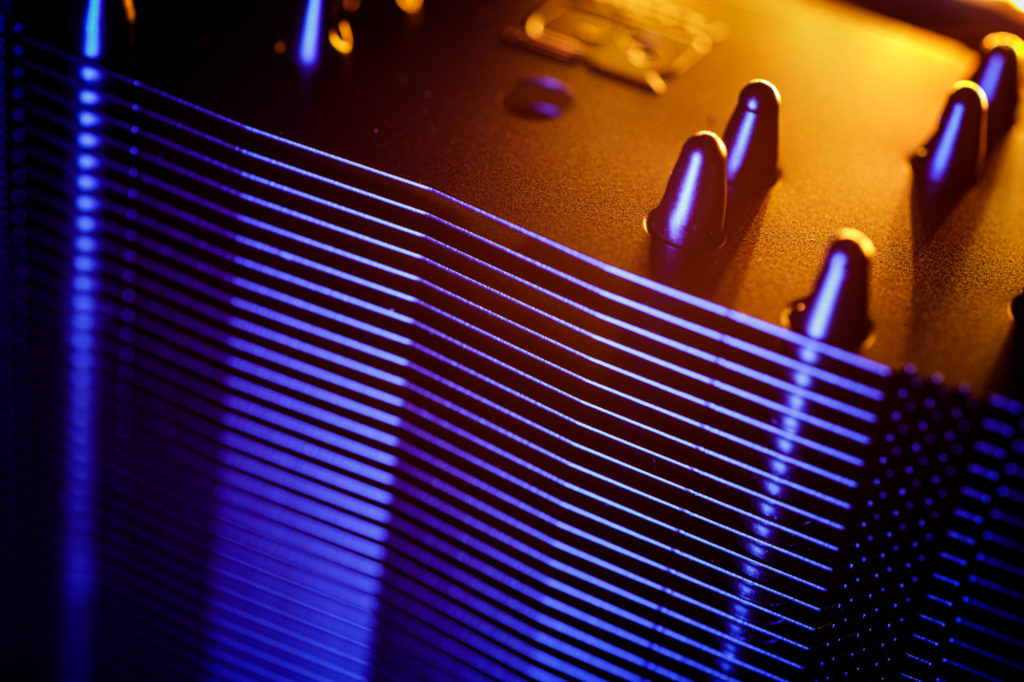
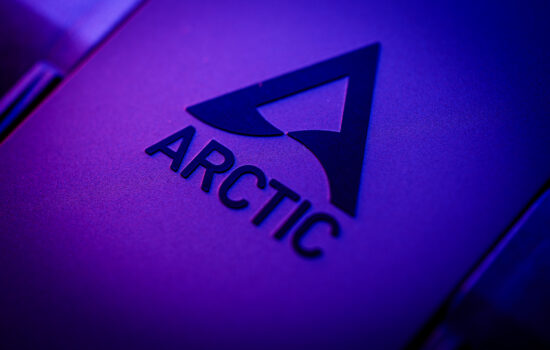
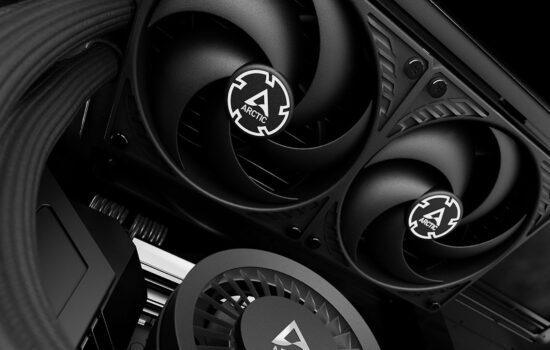




“but at 50–60 % of maximum speed it is a very quiet fan that you will be virtually unaware of”
absolutely not, it becomes clearly audible at around 600-650RPM, which admittedly is impressive and provides the best performance at this noise level across all 120mm fans on the market, but is far from your claims